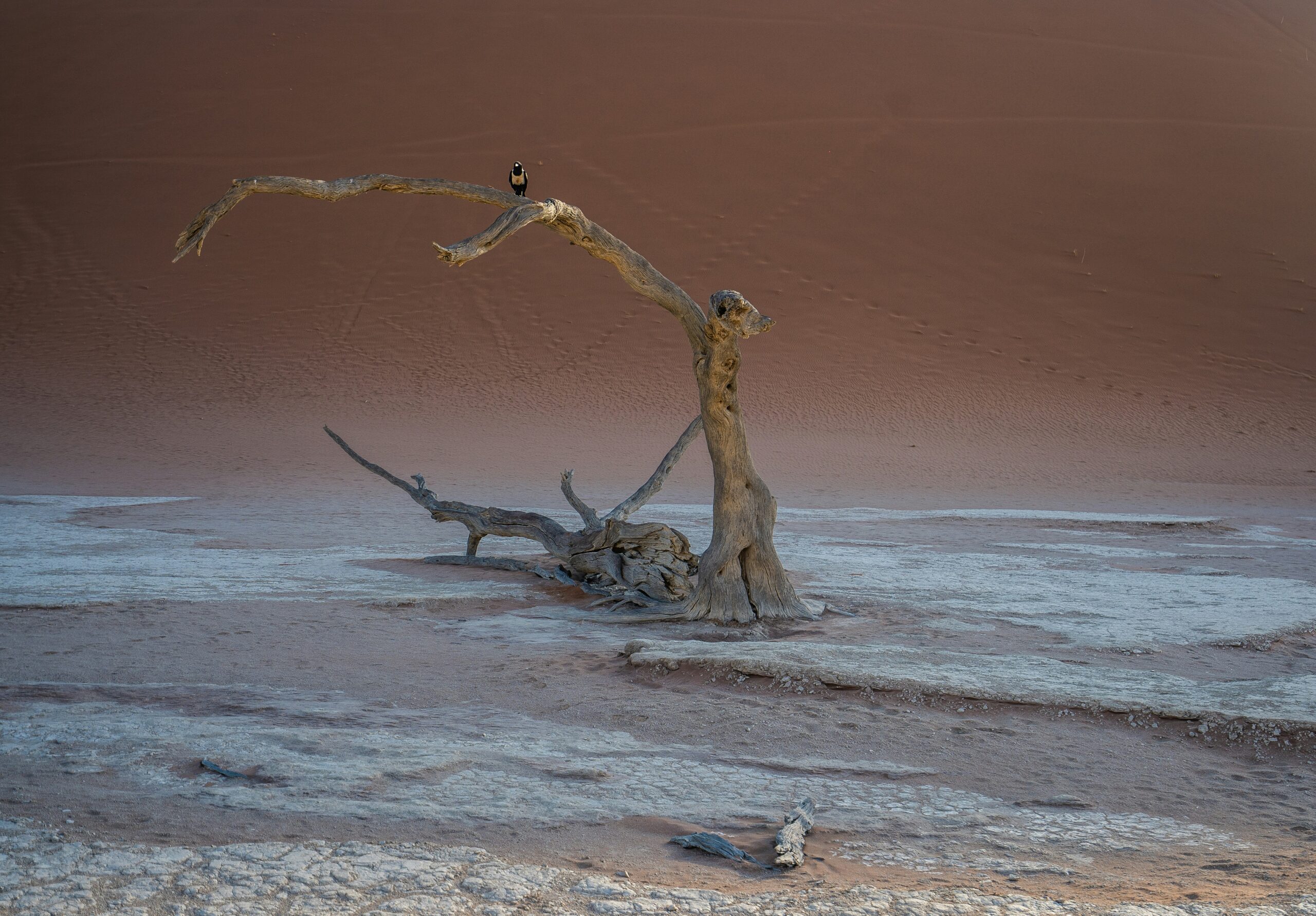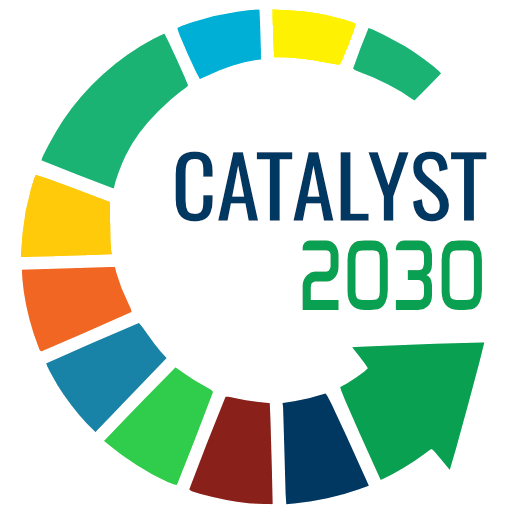
In 2012, Joanna Macy published the book Active Hope, which already warned of the seriousness of the climate crisis. Much earlier, at the beginning of the last century, Arne Naess spoke of the direct connection between all the elements and beings on the planet. Numerous scientific studies with solid data show that the Earth is in a state of calamity.
Despite climate disasters and scientific research, even in 2024 there are still people who don’t believe that the planet is out of balance. The climate crisis is no longer a possibility; it’s a fact. Yet human beings continue to adopt destructive practices. Although there are some, albeit small, who are trying to implement new behaviors and policies to minimize the impact on nature, the current situation is already serious and will be even worse for generations to come. If not everyone, then the vast majority of the world’s population must commit to changing their behavior.
As human beings, with emotions and the capacity for reflection, faced with our current condition we live with feelings such as anxiety, hopelessness, despair and impotence. Denial, which occurs when faced with realities that are difficult to deal with, is also a reaction that distances us from both the problem and the solution. In this article, I reflect on what emotions and skills we can develop in order to remain inspired and motivated to move forward, even if the scenario may seem hopeless.
Resilience and hope
To understand resilience, we need to understand hope. This is a uniquely human feeling that helps us move forward, giving us strength and motivation. Hope moves us into the future, to look forward with belief to something that will happen. It feeds resilience, which is the energy to keep going, even when everything seems to be falling apart.
The word hope has two different meanings.
The first involves a near certainty that what you expect will actually happen. This type is necessary before committing to action. When you don’t have some hope that what you’re hoping for will happen, you realize that your actions are blocked.
The second sense is about desire. This is the kind that drives the journey, when you know clearly what you want, and that it will be achieved, you have the motivation to start. This desire is what motivates you to make a difference. “That’s why it’s important that actions are connected with a future desire, with the hope that it will come true,” says Macy in his book.
Passive hope is waiting for external agents to achieve what you want. Active hope is becoming an active participant in the realization of what you hope for. Active hope is practice.
Where does it come from?
Resilience, from the Latin resilio, means to bounce back, to return; to withdraw into oneself, to shrink, to reduce oneself, to retreat. The term “resilience” entered the field of psychology and popular knowledge at the end of the 1990s. In dictionaries, its technical meaning is linked to physics.
The New Aurélio Dictionary of the Portuguese Language defines resilience as: “property by which the energy stored in a deformed body is returned when the tension causing an elastic deformation ceases. Resistance to shock”.
It is the ability of a material to “absorb energy in the elastic region” (Nash, 1982, p. 5), being able to return to its original shape when the cause of its deformation ends. “It is the ability of a structural material to withstand an impact without being permanently deformed” (Beer and Johnston, 1981/1989).
The concept of “resilience” in psychology and human behavior was taken from the exact sciences, specifically from the field of material resistance. In relation to human behavior, the word has to do with resistance to stress and processes of recovery and overcoming emotional upheavals caused by stress.
Hope makes you believe that something will happen; resilience keeps you resistant to the stress that comes from the journey towards fulfilling your desire. In the midst of so many adversities and an almost catastrophic future, we need to learn to look with new eyes, to reconnect with hope – not idealistic hope, but realistic hope, which shows what we really want in order to promote feasible actions that generate the motivation to move forward.
Resilient practices to deal with the climate crisis
Macy is an environmental activist who has developed the concept of “active hope” and “work that reconnects”. These are ways of connecting with the whole web of life on Earth and acting more responsibly towards the future, since we are “all in the same boat”, on the same Earth.
The author proposes three steps to apply in any situation:
- Have a clear vision of reality
- Identify what is expected, which direction to move in and which values to express
- Establish actions to carry out
These steps are found in many project management and planning models and seem obvious. But there is a great distance between mentally understanding the obvious and putting it into action. A clear vision of reality must be the first step in developing resilience.
Seeing reality can diminish hope or generate negative behavior. This must be the first thing we face. The reality is becoming increasingly difficult. In Brazil, the federal government has mapped 1,942 municipalities susceptible to disasters associated with landslides, flooding, flash floods and inundation, which represents almost 35% of all Brazilian municipalities. The areas within these 1,900 cities considered to be at risk are home to more than 8.9 million Brazilians, which represents 6% of the national population. The data comes from Agência Brasil.
We are facing changes in everyday life due to climatic factors, and it is now common for many cities to face major traffic jams due to flooding and unseasonal rains.
Times of climate crisis call for cooperation, innovation and solidarity
Seeing reality can activate active hope, which doesn’t require optimism, but a personal and active attitude to change a reality, even in situations where there is hopelessness. What drives this is intention. There is a choice about what you want to act on or express. Rather than weighing up the odds and acting only when there is hope, the focus is on intention and allowing oneself to be guided by it (Macy, Active Hope).
This way of seeing helps restore a sense of connection with life. Then begins the internal work to develop personal resources and strengthen the ability to face disturbing situations and respond with resilience.
To live in times of climate change, resilience must be understood not only as an individual ability, but also as a collective capacity. Resilient communities are those that adapt to climate change through cooperation, innovation and solidarity. Examples include the creation of mutual support networks, the implementation of sustainable practices and the promotion of renewable energy.
Resilient people with active hope build resilient communities, and it is extremely important to be strengthened by education and awareness about climate change. Educational programs that teach about the impacts of climate, as well as ways to mitigate and adapt, are essential. Integrating traditional and scientific knowledge can provide a systemic approach to tackling these challenges.
Finally, it is not enough for civilians alone to be involved in regenerative actions; public policies that encourage resilience are needed. Governments must invest in climate-resilient infrastructure, promote sustainable development and support community initiatives.
The creation of urban green zones, early warning systems for natural disasters and the promotion of the circular economy are examples of political actions that contribute to a more resilient society. This is a much broader reflection, because in democratic systems we need people who are aware of their vote, we need candidates who are responsible for the common good. I could call it political resilience, because it’s a sphere that also generates hopelessness and powerlessness.
In the midst of so much adversity due to the climate crisis, resilience today involves a combined effort of active hope, education, community action and robust public policies. By cultivating these practices, we can build a society capable of facing adversity with courage and determination to reach a point where balance is restored.
Macy, Joanna; Johnstone, Chris. “Active Hope – How to face the mess we’re in without going crazy”. New World Library. California. 2012.

